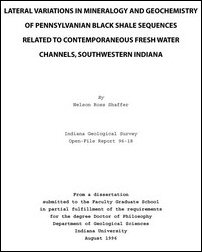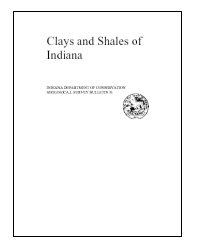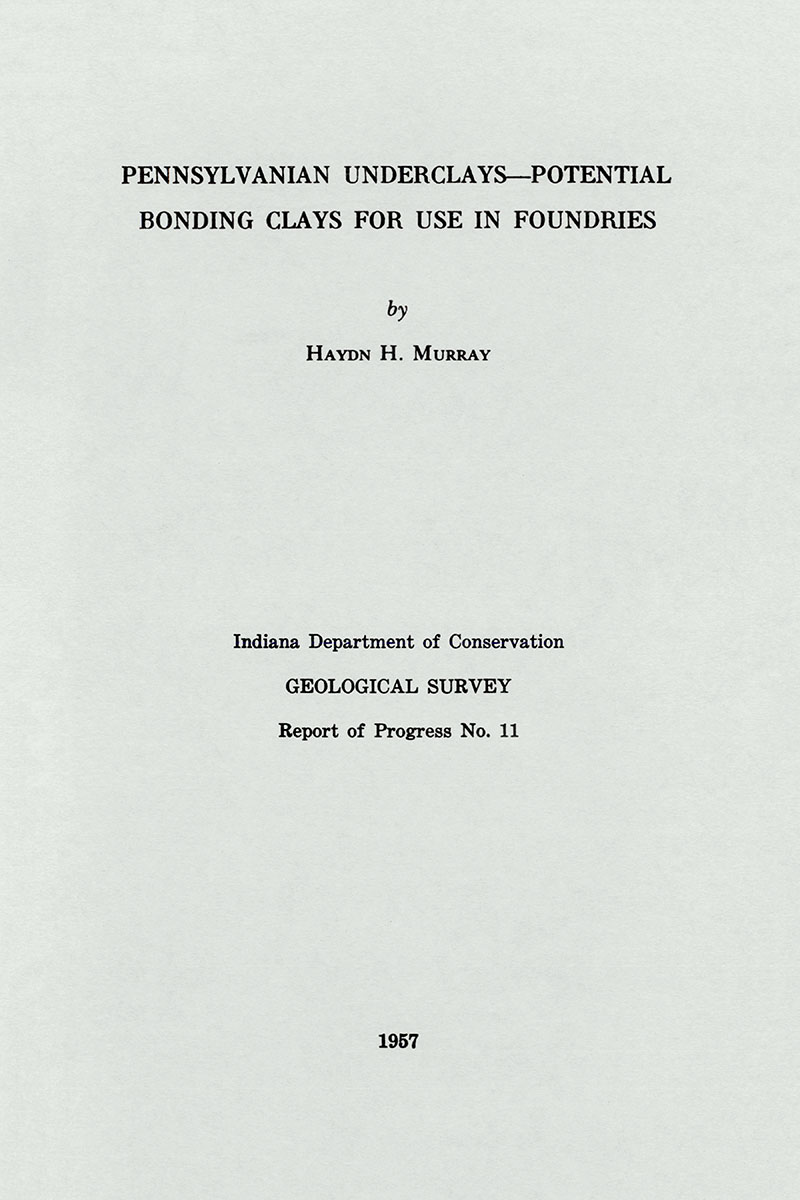X-ray diffraction is a reliable and rapid method of mineral identification. It is useful in academic research as well as in industrial applications, and when used with the petrographic microscope, it forms the backbone of determinative mineralogy and petrography. Although it is useful in identifying all minerals, X-ray diffraction excels when the particles to be identified are too small to be clearly resolved with a microscope, such as clay particles, or when minerals exist as solid solutions or mixtures. The Hanawalt indexing method is the standard method used in most laboratories for identifying a mineral species from an X-ray diffraction pattern. With this method, after the X-ray diffraction pattern has been obtained and the three strongest reflection peaks converted from 2 angles to d-spacing values, a search is begun to match the d-spacing values of the unknown pattern to those in a given index book. Indexes commonly used are the "Index Book to the X-ray Powder Diffraction File" (PDF) or the "Fink Index," both published by the American Society for Testing and Materials, or the "Search Manual for Selected PDF for Minerals," published by the Joint Committee on Powder Diffraction Standards (JCPDS, 1974). These indexes are very comprehensive (the Search Manual alone lists 1,900 mineral entries), and so much time and patience are often needed to make the proper mineral identification. An awareness of elemental composition and mode of occurrence of the sample may narrow the search area. The purpose of this table is to provide a guide to the rapid identification of minerals in clays or other earthly materials and fine-grained rocks by the X-ray powder diffraction method. It includes about 240 names of mineral species and varieties, from such groups as the phyllosilicates, zeolites, authigenic and detrital sedimentary minerals, hydrothermal and weathering minerals, and a few ceramic minerals. The table should find its greatest usefulness with students learning the X-ray diffraction method of analysis, but it should also be valuable to the experienced mineralogist in identifying uncommon specimens. A basic understanding of the X-ray diffraction method of analysis is assumed, but for details of methodology and theory, the reader may want to consult Azaroff (1968), Hutchison (1974), Klug and Alexander (1974), Warren (1969), or others. For applications of the X-ray diffraction method to clay minerals analysis, the reader may want to consult Brown (1961), Carroll (1970), Carver (1971), Gibbs (1965), Grim (1968), or Warsaw and Roy (1961).
Chen, P., 1977, Table of key lines in X-ray powder diffraction patterns of minerals in clays and associated rocks: Indiana Geological Survey Occasional Paper 21, 67 p., 1 table, 21 app.
You may also like:
Keywords: x-ray diffraction, mineralogy, petrology, geochemistry, clay, shale
Can't find what you're looking for? Feel free to contact us directly:
Indiana Geological and Water Survey
1001 E. 10th St.
Bloomington, IN 47405
812-855-7636 (phone)
812-855-2862 (fax)
IGWSinfo@indiana.edu
IGS Return Policy
- Original sales receipt required.
- Returns accepted within 30 days of purchase date.
- Refund will be issued by the same method of payment as purchased.
- Products must be returned in the same new condition as purchased.
- Refunds on custom orders and digital products are NOT allowed.
- Customers are responsible for paying shipping costs to return products.
Updated 8/19/2020







